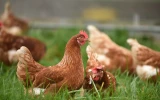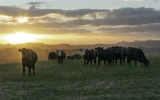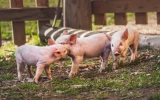Is Livestock Farming Profitable? (2024 Breakdown)
Livestock farming, a crucial part of global agriculture, has long been a debated topic regarding its profitability, especially in 2024. As consumer preferences and market trends continue to evolve, farmers face new challenges and opportunities in this sector. In this article, we'll delve into the current state of livestock farming, analyzing key factors, such as profit margins and cost inputs, that influence its financial viability today.
In 2024, cattle farming profit margins are about 10-20% while poultry farming profit margins are 5-15%, due to shorter cycles and lower feed costs. Overall livestock profitability in 2024 is expected to improve modestly over 2023 as lower feed costs and steady demand help offset high input costs.
However, advances in technology and changes in consumer habits have dramatically shifted the landscape of livestock farming. While some farmers are reaping the benefits of these changes, others are facing unexpected challenges. To help your livestock farm overcome these challenges, we have rounded up some revenue-boosting tips for you.
Summary
- Poultry farming, especially chicken farming, can be a profitable livestock business, with profit margins ranging from 5-15%, offering multiple revenue streams, relatively low start-up costs, and a faster time to profitability.
- Beef cattle can generate steady income with profit margins ranging from 10-25%, but start-up costs are moderate to high, and the time to profitability is approximately 18 months to 2 years.
- On small farms, chickens, pigs, and cows are often the most profitable, with chickens having the lowest start-up costs and fastest returns. Expected profit margins are 10-20% for pastured/free-range chickens, 20-30% for pigs, and 15-50% for cows.
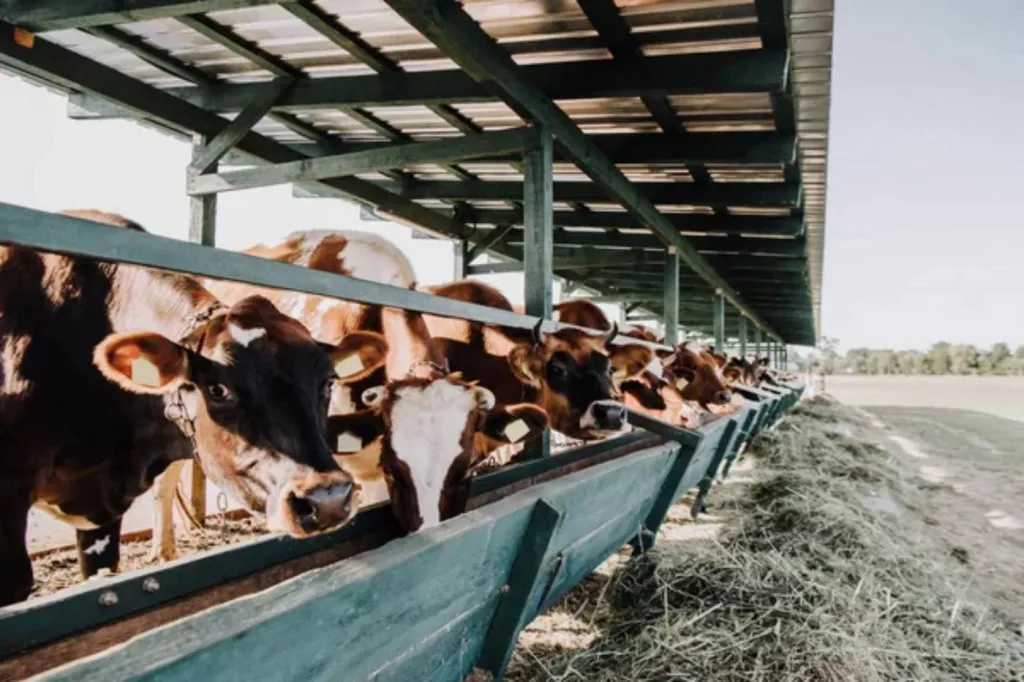
On this page:
Profit Breakdown From Livestock Farming
Which livestock farming is most profitable?
Below is a quick breakdown of some of the most profitable livestock farming options:
Poultry farming profitability
Chickens are a staple on many farms and offer multiple revenue streams through eggs, meat, and even fertilizer from their droppings.
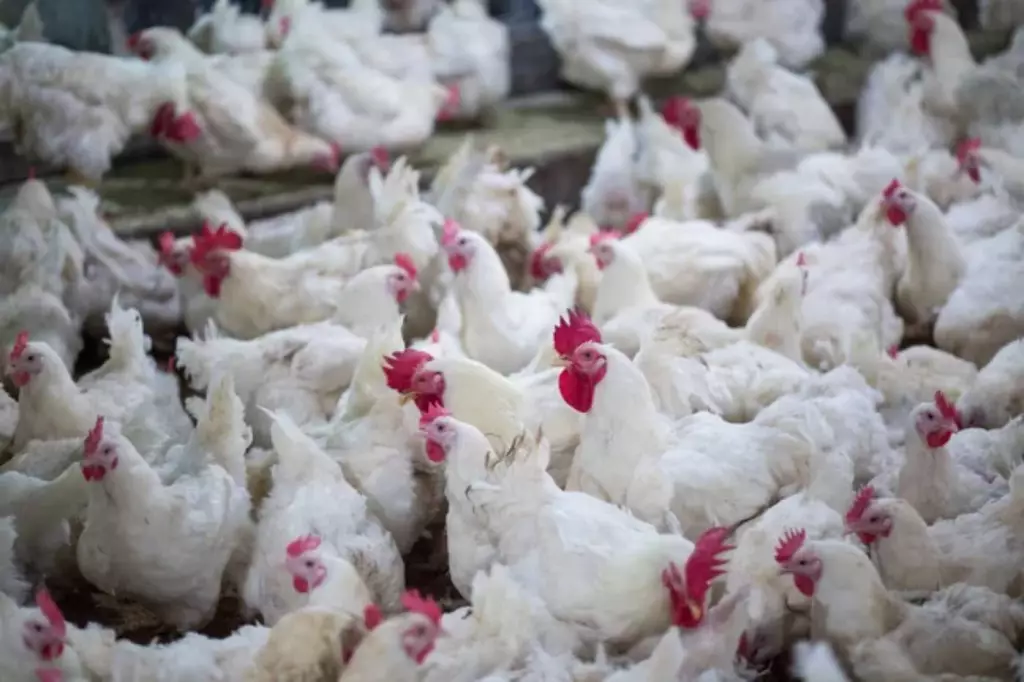
- Profit margin: Typically around 5-15%
- Start-up costs: Relatively low
- Time to profitability: Can be as short as 5-6 months for egg production
| Factors | Estimated Range |
|---|---|
| Cost per bird | $3 - $5 |
| Egg output | 250 - 300 eggs/year |
| Meat yield | 4 - 5 lbs per bird |
Dairy farming profitability
Dairy cows can provide continuous income through the sale of milk, cheese, and other dairy products.
- Profit margin: Around 20-30%, influenced by feed costs and milk prices
- Start-up costs: Higher due to the need for specialized equipment
- Time to profitability: Usually takes 2-3 years
| Factors | Estimated Range |
|---|---|
| Cost per cow | $1,200 - $1,500 |
| Milk output | 6 - 7 gallons/day |
Beef cattle farming profitability
Raising cattle for meat can be profitable, especially if you focus on high-quality or niche markets.
- Profit margin: Can range from 10-25%, based on market rates and feed efficiency
- Start-up costs: Moderate to high, depending on herd size
- Time to profitability: Approximately 18 months to 2 years
| Factors | Estimated Range |
|---|---|
| Cost per calf | $650 - $900 |
| Market weight | 1,200 - 1,400 lbs |
Most profitable livestock per acre
Here, we’ll break down some top contenders based on current market trends and agricultural reports.
Beef cattle
Raising beef cattle can be one of the most profitable livestock options, especially if you have adequate grazing land. Although these animals are big, they are considered good for beginners in farming, as they can generate a steady stream of income given you know how to balance the number of acres per cow and manage feed costs effectively.
| Livestock Type | Est. Profit Range per Acre |
|---|---|
| Beef cattle | $50 - $300 |
Poultry
Chickens and ducks, known for their lower space requirements, can provide a quick turnover in terms of production, offering both meat and eggs.
| Livestock Type | Est. Profit Range per Acre |
|---|---|
| Poultry | $100 - $600 |
Goats and sheep
These animals are versatile, as they can be raised for meat, milk, or wool. They have lower acreage requirements and can thrive on marginal lands not suitable for crops or other livestock. The profit margin for sheep farming is known to be between 5 - 20%.
| Livestock Type | Est. Profit Range per Acre |
|---|---|
| Goats and sheep | $40 - $150 |
Each type of animal has its own set of challenges and rewards, and your success may depend on factors like climate, local market desires, and your ability to sell value-added products such as artisan cheeses or organic wool.
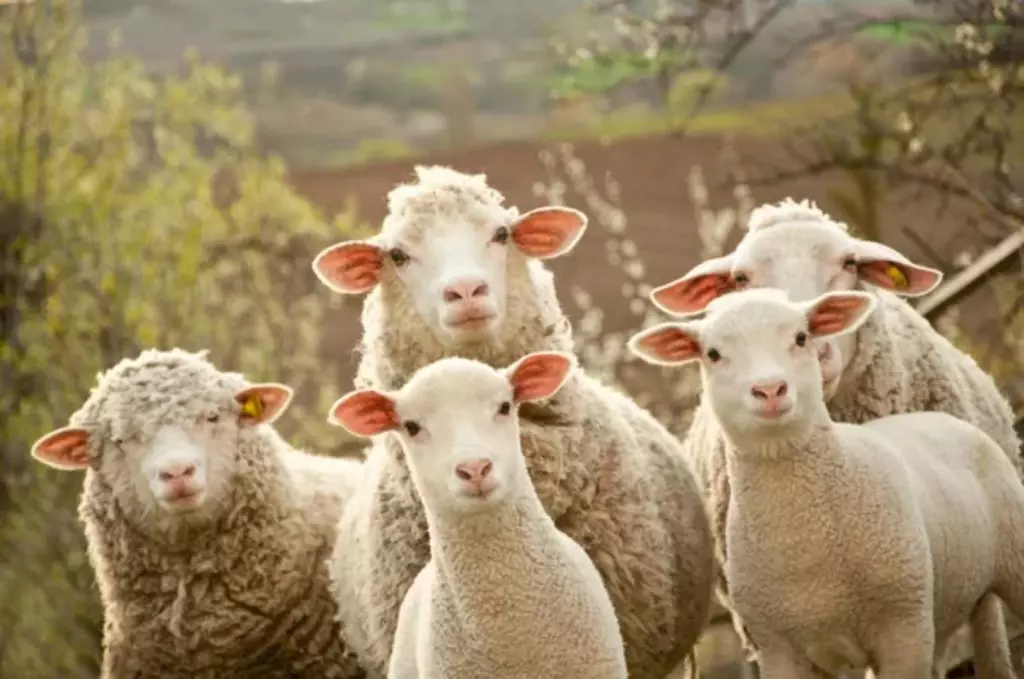
Most profitable livestock small farm
When you're assessing the most profitable livestock to raise on your small farm, chickens, pigs, and cows typically top the list.
| Livestock | Initial Cost Range | Expected Profit Margin |
|---|---|---|
| Chickens | Low | 10-20% |
| Pigs | Medium | 20-30% |
| Cows | High | 15-50% |
Chickens
Chickens are a great starting point due to their low cost and quick turnaround, and they can be left alone with minimal human help. Eggs and meat from chickens are in steady demand. Expect a varying profit margin of 10-20% after costs for feed and care.
Pigs
Slightly higher initial investment but with favorable returns. Pigs grow quickly and have larger litters, improving your profit potential. Depending on market prices, you can see a profit margin of 20-30%. If you live in the UK region, here are 8 best pig breeds you might want to consider.
Cows
The investment in cattle is substantial, but so are the potential earnings. Dairy cows provide continuous revenue through milk production, while beef cows are raised for their meat.
Cost Breakdown and Analysis
In 2024, livestock farming continues to navigate financial challenges. Your production expenses are central to profitability. These expenses encompass an array of costs, from fertilizers and pesticides to fuel oils and electricity.
Initial costs in livestock farming
| Initial Costs | Estimated Cost Range |
|---|---|
| Livestock purchase | Varies depending on type of livestock; $1,500 - $5,000 per head per cattle |
| Land acquisition | $5,000 - $10,000 per acre if purchasing, $150 - $350 per acre if leasing |
- Livestock purchase: Depending on the breed, initial costs can vary significantly.
- Land acquisition: Whether through purchase or lease, securing land has substantial initial costs.
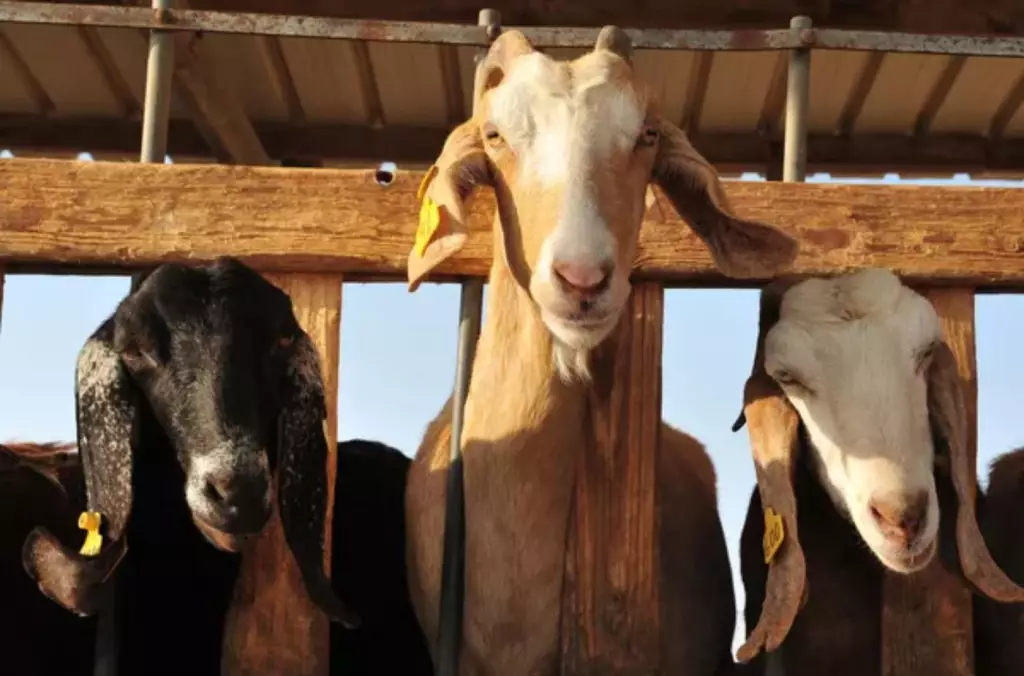
Recurring costs in livestock farming
For a clearer picture, perhaps consider these estimated ranges for key recurring expenses (annually):
| Recurring Expenses | Estimated Cost Range (USD) |
|---|---|
| Fertilizers | $10,000 - $30,000 |
| Pesticides | $5,000 - $20,000 |
| Fuels and oils | $2,000 - $10,000 |
| Electricity | $1,500 - $5,000 |
| Cumulative feed | $20,000 - $100,000 |
| Custom work and hiring | $1,000 - $15,000 |
| Insurance | $5,000 - $20,000 |
| Repairs and maintenance | $10,000 - $30,000 |
| Taxes and fees | $5,000 - $15,000 |
| Utilities | $2,000 - $7,000 |
| Legal and accounting | $3,000 - $10,000 |
-
Fertilizers: Applying fertilizer to pastures and crop fields is essential to maintain the nutrient levels that support healthy plant growth to feed the cattle. The type and amount of fertilizer will depend on factors like soil composition, forage species, and production goals.
-
Pesticides: Pesticides like herbicides, insecticides, and fungicides are used to control weeds, insects, and diseases that can damage forages and reduce yields. Effective pest management is key to producing adequate grazing and crops.
-
Fuels and oils: Diesel and gasoline are needed to run tractors, trucks, and other farm vehicles and machinery for tasks like planting, harvesting, and hauling feed. Lubricants are also required to maintain equipment.
-
Electricity: Electricity powers lighting, ventilation, water pumps, and motorized equipment. Adequate lighting and ventilation promote animal health and growth.
-
Cumulative feed: Providing nutritionally balanced rations is essential for cattle health and productivity. This includes pasture, hay, silage, concentrates, vitamins, and minerals.
-
Custom work and hiring: Operations like veterinary services, breeding, hauling, and extra labor require hiring and paying for qualified personnel. Their skills and services are vital for tasks that cannot be handled solely by the farm owner and regular employees.
-
Insurance: Various insurance policies protect against major losses from issues like cattle death, natural disasters, liability claims, and accidents. Common types are mortality, property, liability, and worker's compensation insurance. Policies and premiums are tailored to the specific farm.
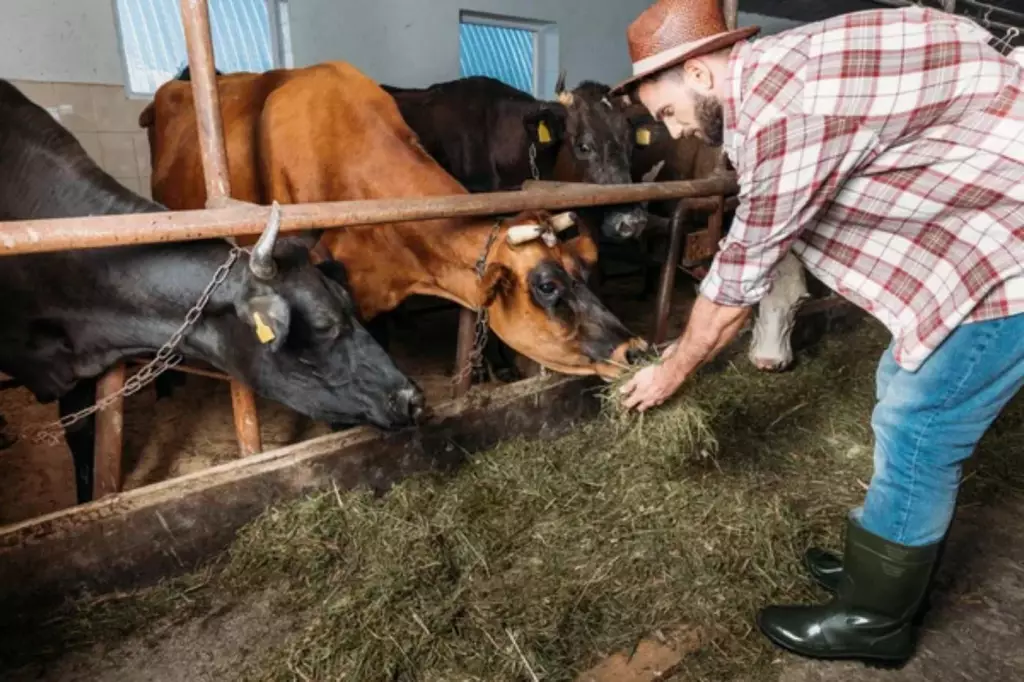
-
Repairs and maintenance: Regular upkeep and repairs on facilities, equipment, and infrastructure are needed to ensure safe and efficient operations. This includes fences, barns, tractors, water lines, and more.
-
Taxes and fees: Farms must pay annual property taxes, income taxes, registration fees, and other applicable local, state, and federal taxes and fees. Accounting help is useful for tax compliance. To get tax benefits, register your smallholding.
-
Utilities: Ongoing utility bills include telephone, internet, waste removal, water, and natural gas or propane. These provide essential connections and services.
-
Legal and accounting: Farms may incur costs for legal counsel and accounting services like bookkeeping, payroll, tax preparation, and financial analysis.
Factors That Impact Livestock Farm Profits
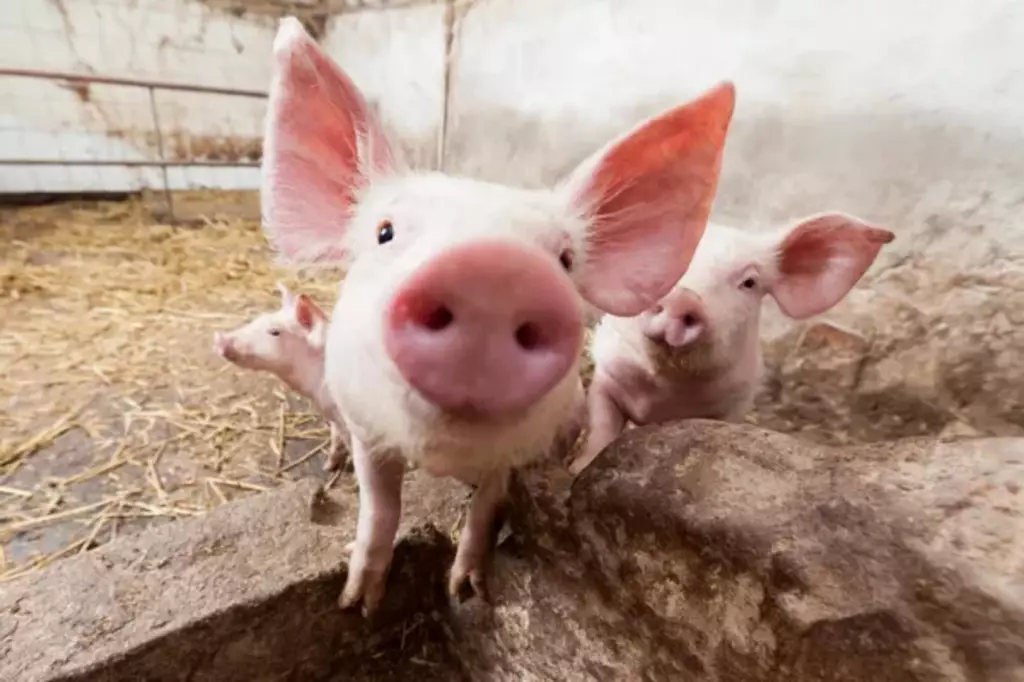
In livestock farming, multiple elements play a crucial role in determining your farm’s profitability, such as the following:
Weather events
Conditions such as droughts, wildfires, or hurricanes directly disrupt your operations. Climate change is making such events more frequent and severe, impacting the resilience of your farm.
Extreme weather events or longer-term shifts due to climate change can affect feed costs and animal health. For instance, drought conditions can lead to reduced pasture availability and higher feed prices.
Table 1: Estimated Profit Margins Influenced by Weather Conditions
| Weather Scenario | Profit Margin Impact Range |
|---|---|
| Favorable | +5% to +15% |
| Adverse | -10% to -30% |
Pandemic assistance programs
As the industry recovers from pandemics, initiatives like the Coronavirus Food Assistance Programs and the Small Business Administration’s Paycheck Protection Program have provided lifelines for farming businesses.
Table 2: Impact of Pandemic Assistance on Profit Margins
| Assistance Type | Profit Margin Impact Range |
|---|---|
| Grants | +2% to +10% |
| Subsidies | +3% to +12% |
Inflation and economic climate
Inflation can drive up your costs on everything from feed to equipment. An increase in overall prices chips away at your purchasing power, making it tougher to maintain profit margins.
Supply and demand dynamics
The balance between how much product is available (supply) and how much people want (demand) sets the price. Any shift can cause significant swings in your income.
Market tools
Commodity insurance indemnities and tools to manage basis (the difference between the local cash price and futures market price) help you navigate market volatility.
Reducing Expenses and Increasing Earnings From Livestock Farming
In livestock farming, management is key to balancing your input and output effectively. Utilizing innovative breeding techniques can lead to more robust livestock and potentially higher yields—be it gallons of milk, dozens of broilers, or weight of beef.
For instance, careful breed selection can result in livestock that convert feed to muscle more efficiently, lowering your feed costs in the long term.
Sustainable practices like rotational grazing enhance the resilience of your soil and reduce the need for purchased feed. This strategy can be particularly effective for crops like corn, wheat, and soybeans that serve as livestock feed, thereby reducing your planting decisions' impact on your finances.
| Sustainable Practice | Estimated Cost Savings |
|---|---|
| Rotational grazing | 10-25% |
| Precision agriculture | 15-30% |
Your financial resilience is closely tied to how you manage energy costs, which have been notably fluctuating in response to Federal Reserve policies. Adopting energy-efficient technologies can carve a significant portion of your monthly expenses.
How to make money from livestock farming
When you're diving into livestock farming, the cornerstone of your income typically comes from selling meat, dairy products, and sometimes live animals.
The choice of livestock type plays a significant role in determining your profit margins. For instance, cattle are known for their high revenue potential due to a strong market for beef and dairy.
Start with the basics
- Choose livestock wisely: Each animal has distinct needs and market values.
- Manage costs: Keep feed and veterinary expenses in line with your budget.
- Market research: Understand trends to set competitive prices.
Strategies for increased profitability
Incorporate these strategies to enhance your farm's profitability:
- Efficient breeding practices: Focused breeding can result in higher-quality offspring that fetch better market prices.
- Diversify your farm: By raising a mix of the most profitable livestock, you can minimize risk and maximize income potential.
- Value-added products: Selling value-added products is one of the few ways a small farm can make additional income. For livestock farms, you can process dairy into cheese, or offer organic meat to attract premium buyers.
